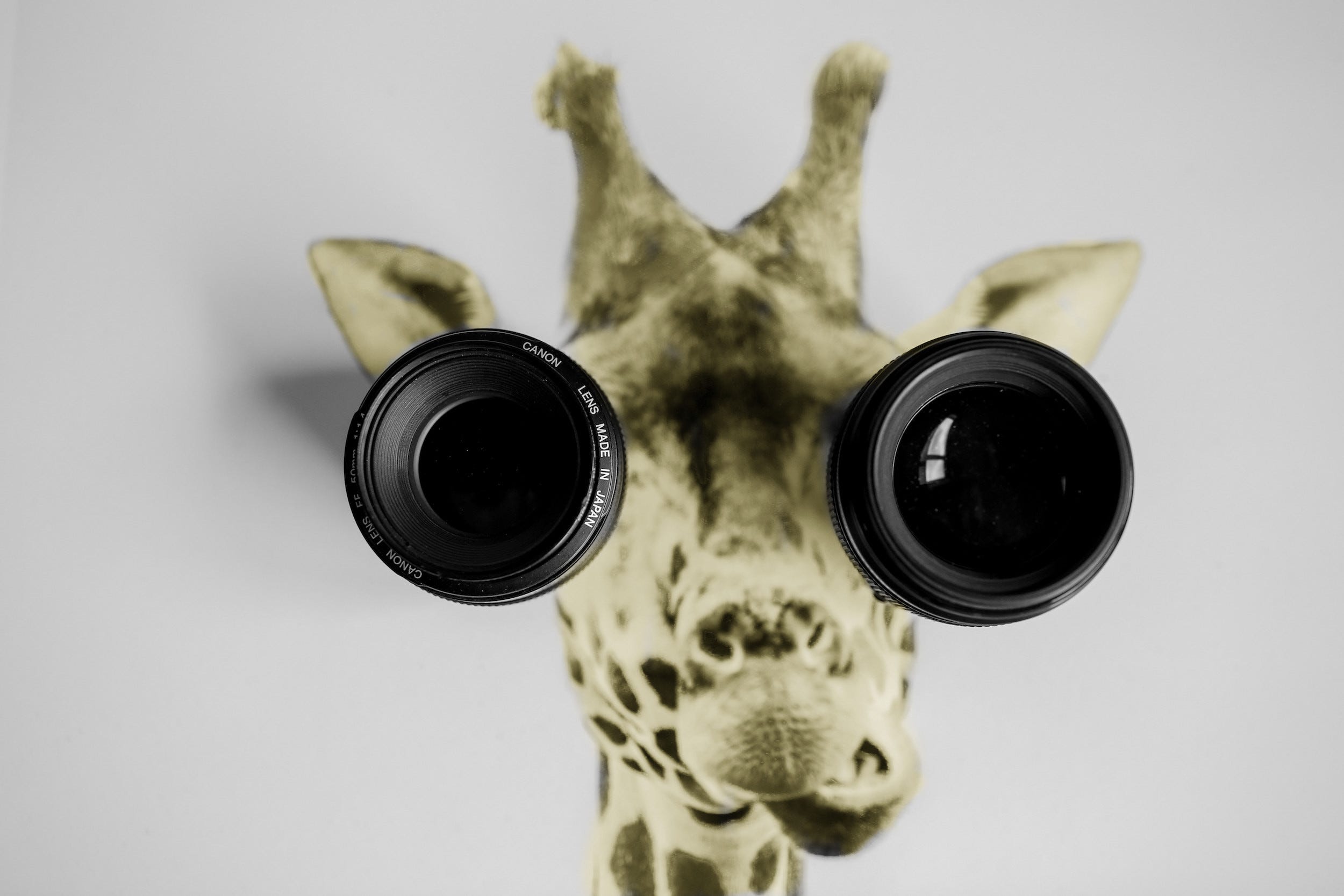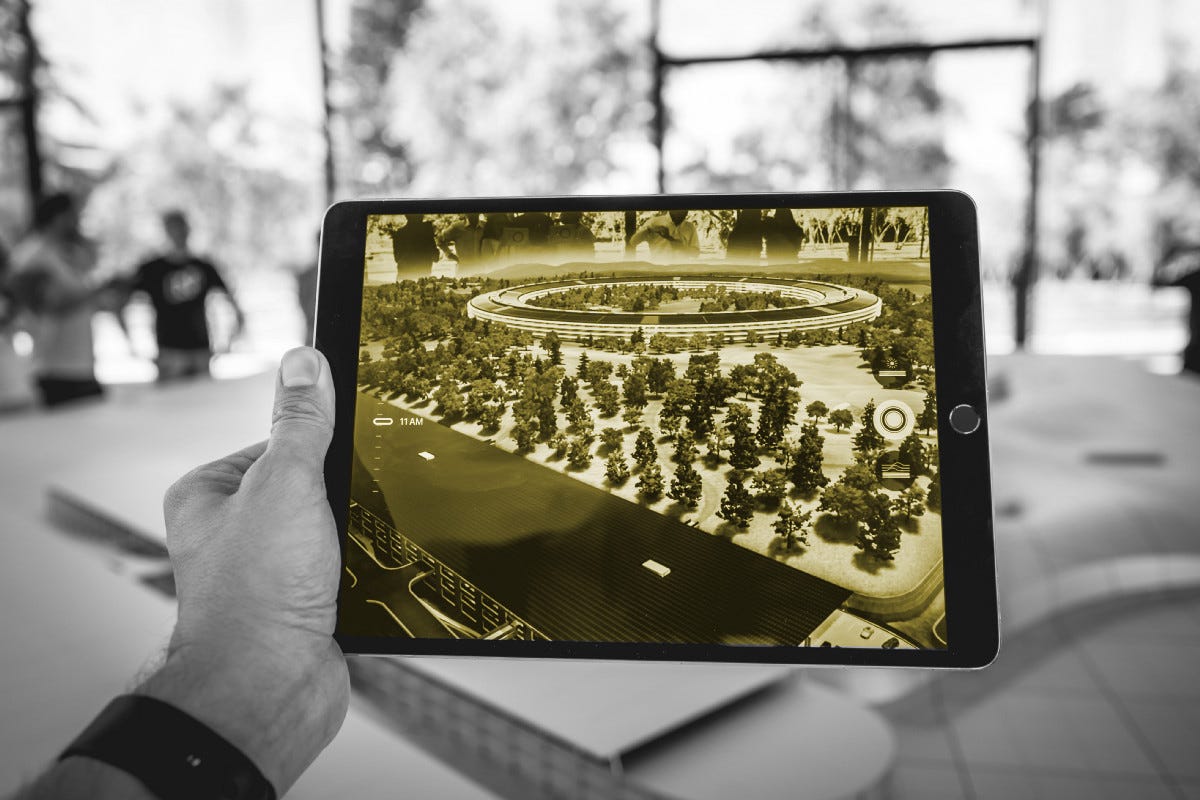This tutorial guides Android developers in preparing the popular library OpenCV (Open Computer Vision) for use. Through a step-by-step guide, the library will be imported into Android Studio (the official IDE for Android).
Upon installation and setup, OpenCV can be used for performing any of the operations it supports, such as object detection, segmentation, tracking, and more.








